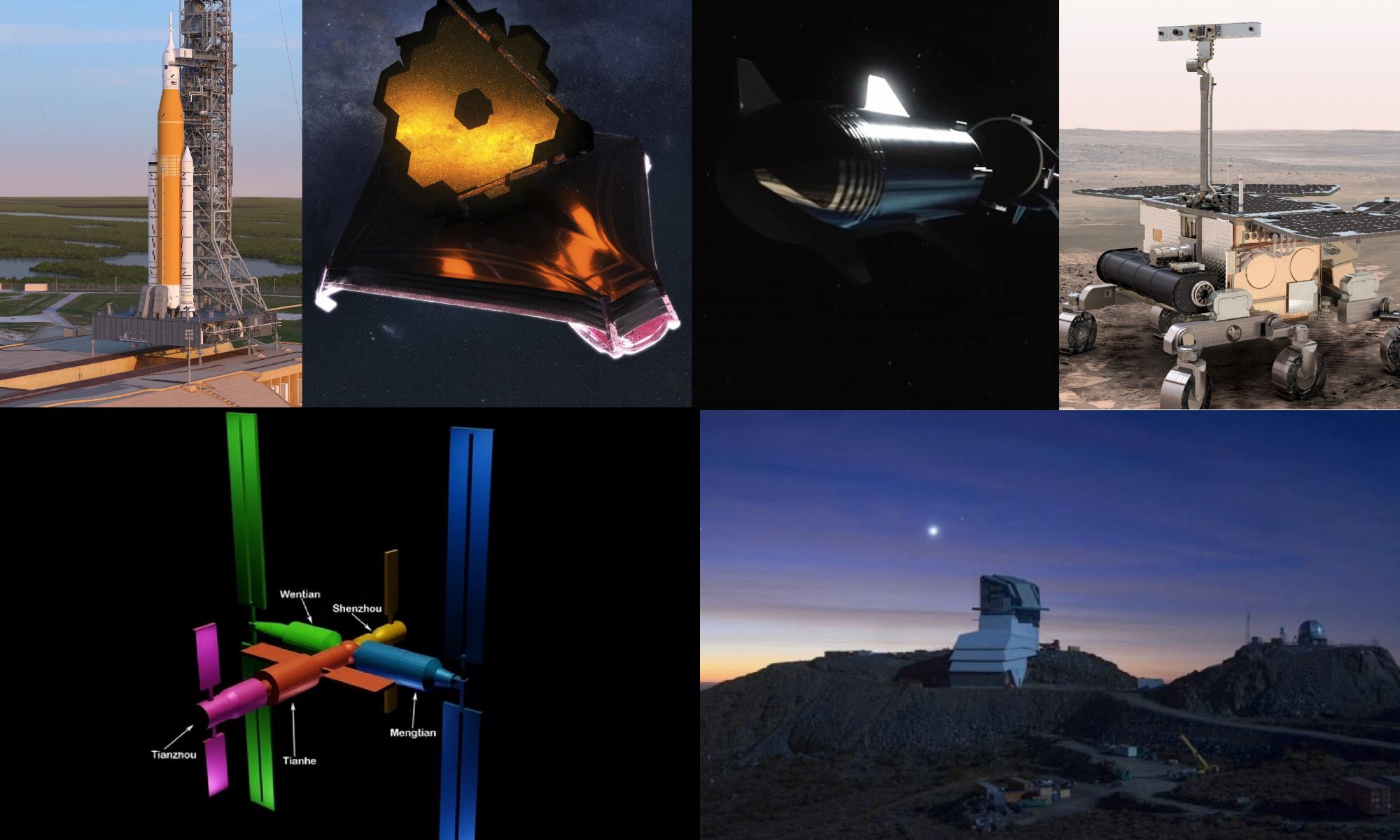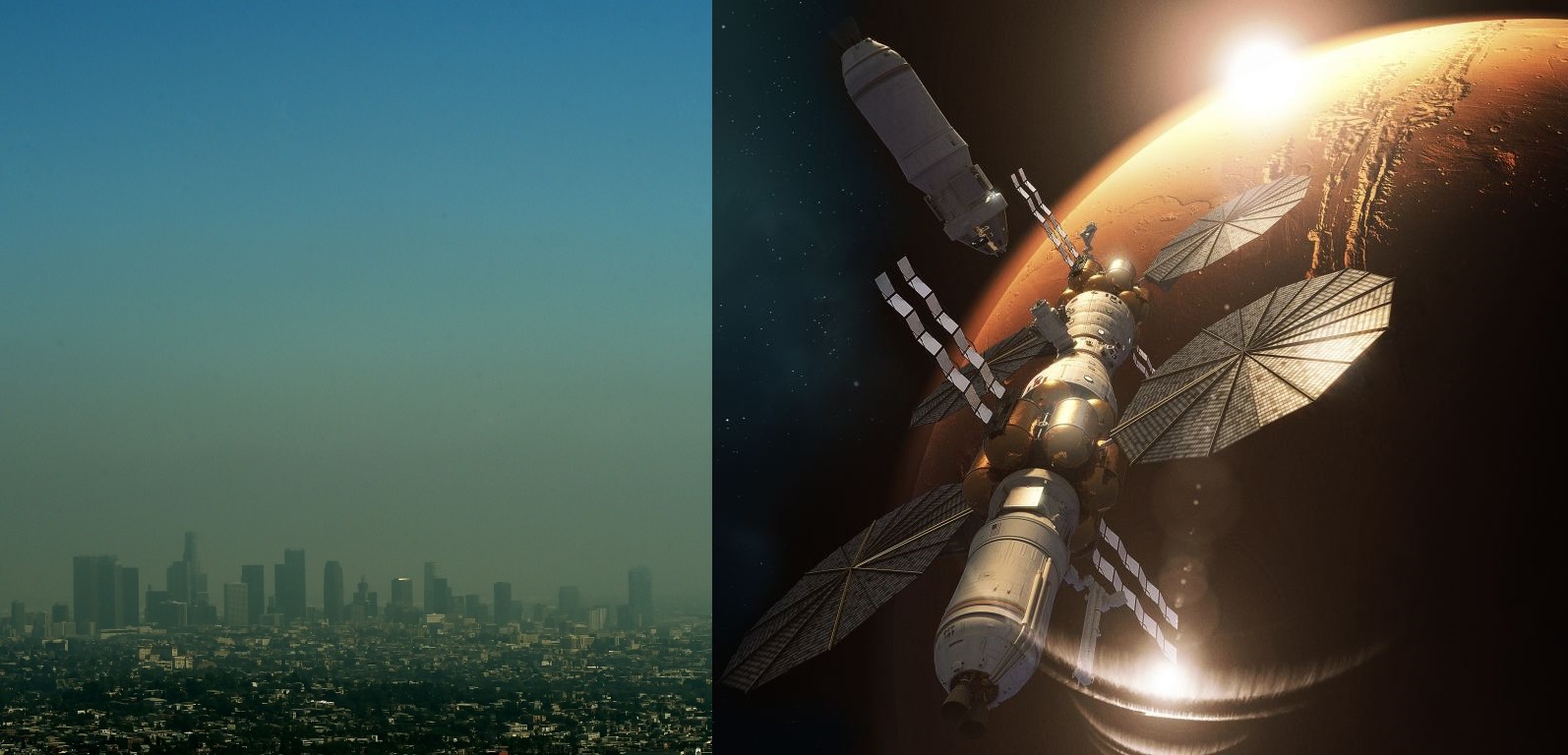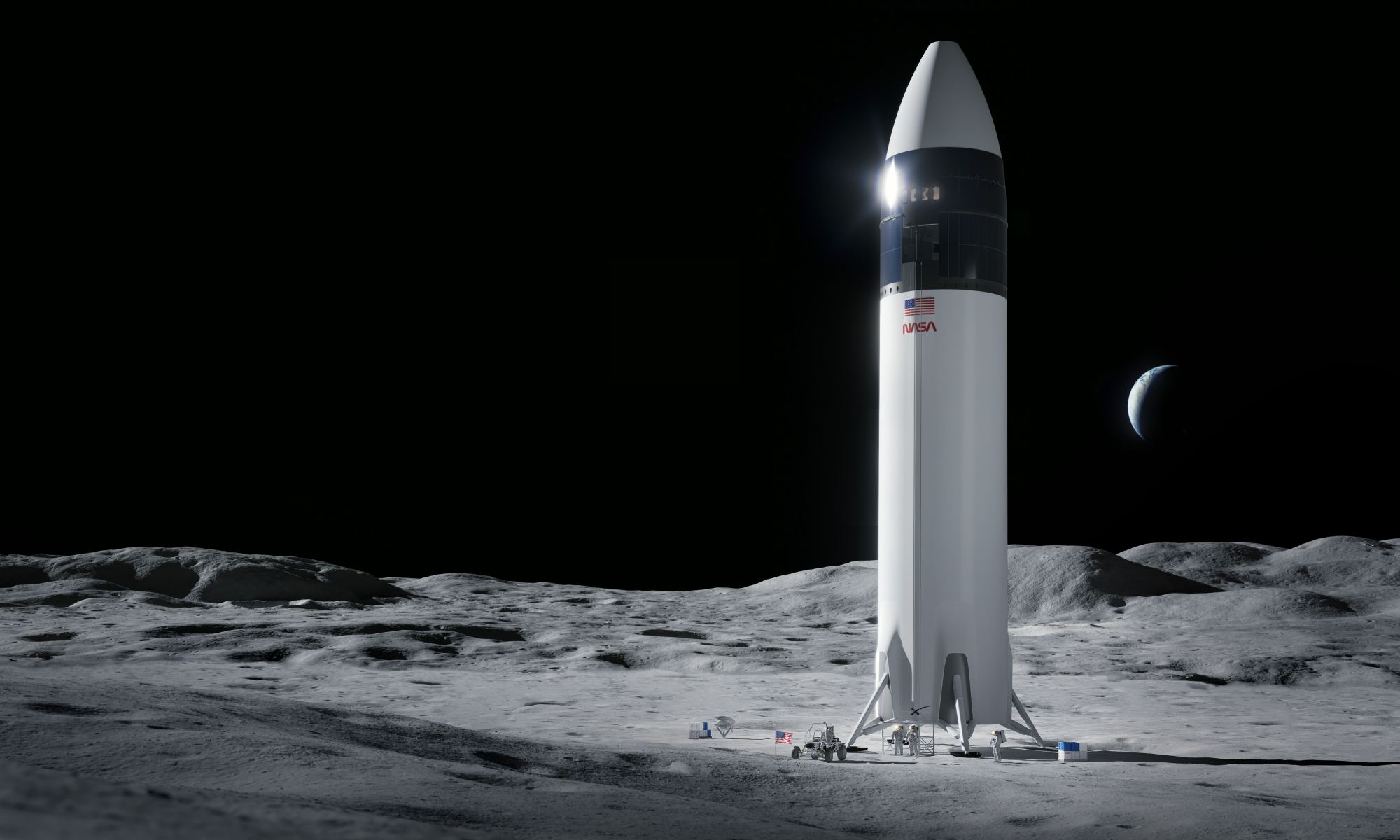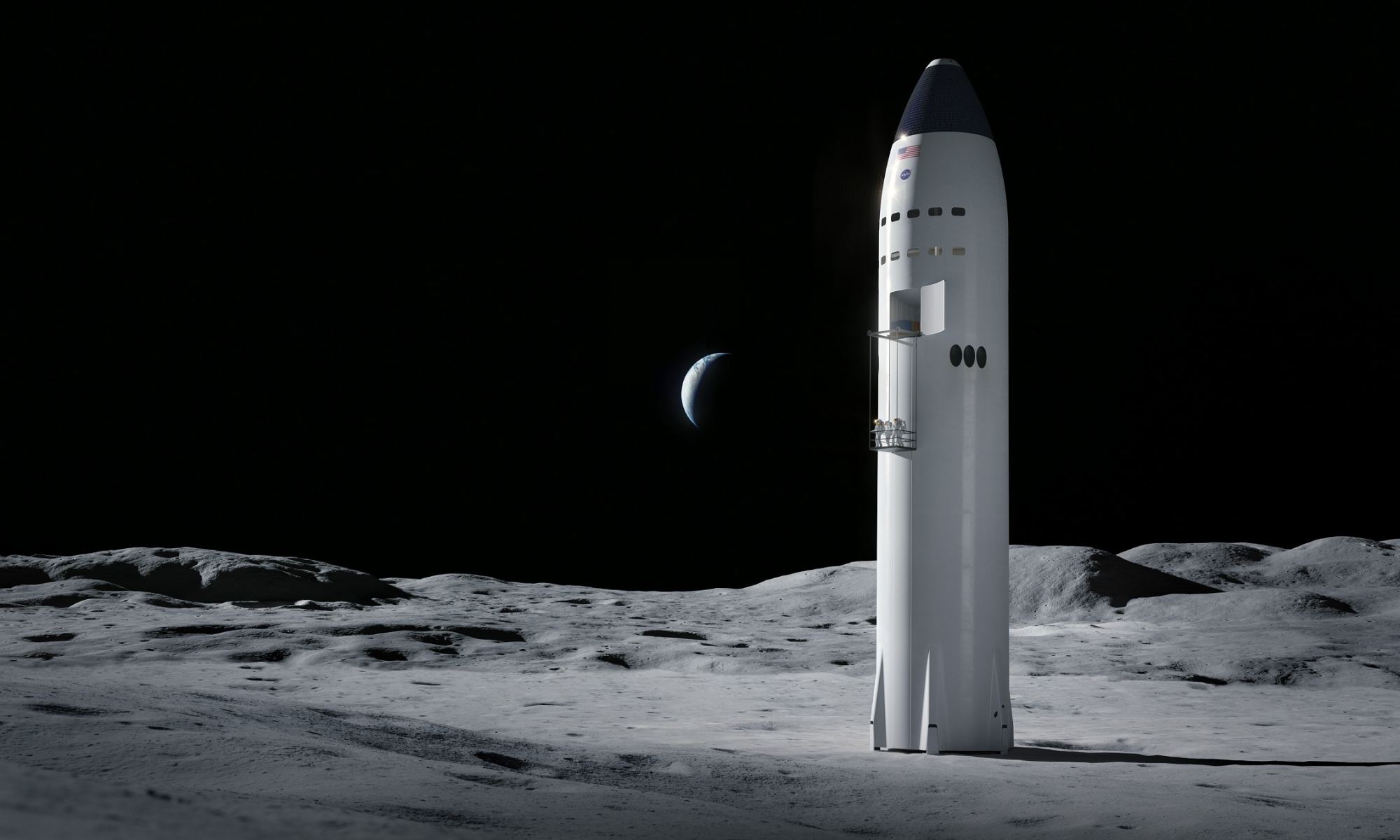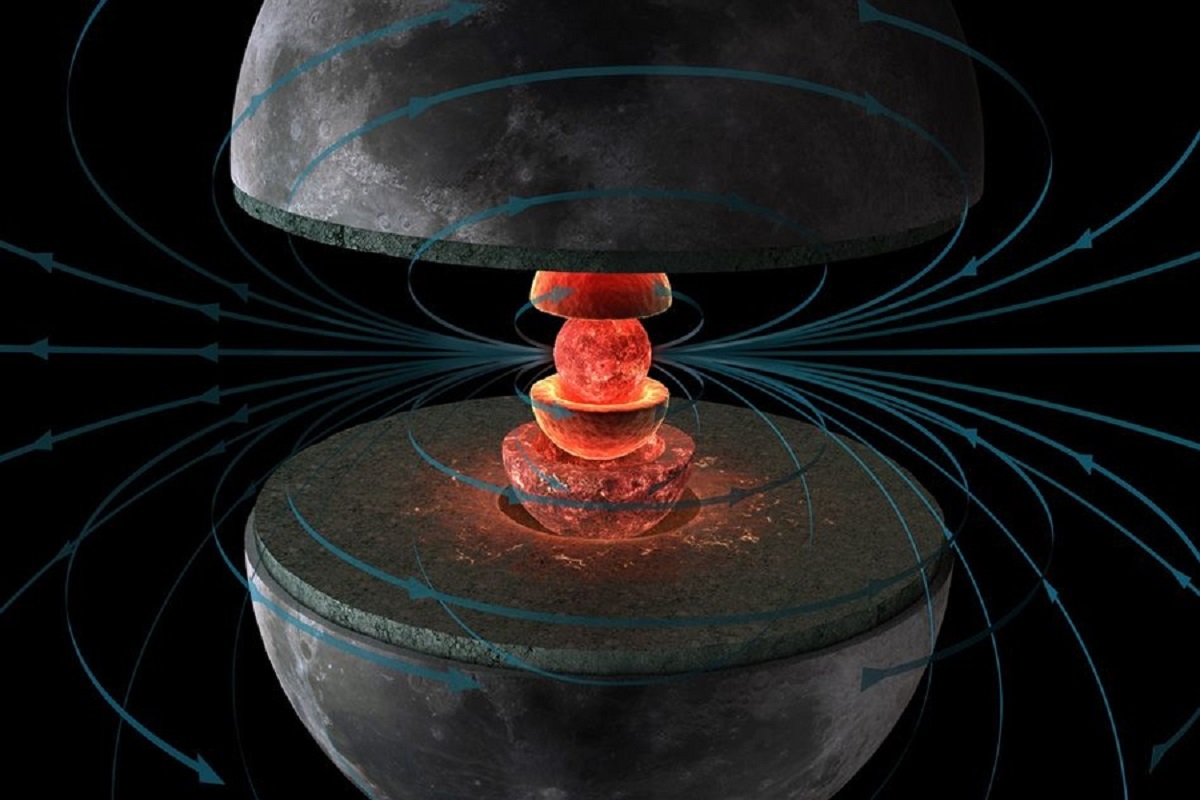The year 2021 was a big one as far as stories from space are concerned! From start to finish, 2021 witnessed innumerable milestones and groundbreaking missions mounted by space agencies and the commercial space industry. Among them, the long-awaited launch of the James Webb Space Telescope, the arrival of the Perseverance mission, the launch of Double-Asteroid Redirect Test (DART), multiple test flights with the Starship, and the inauguration of space tourism. There was something for everyone!
However, looking at what’s planned for the year ahead, one might get the impression that 2021 was the appetizer and 2022 is the main course! That may sound like an idle boast, but not when you consider all of the ambitious missions, programs, and developments that are scheduled and anticipated for the next twelve months! So exactly what’s in store for space in 2022? We’ve provided a helpful list below:
Continue reading “The Big Spaceflight Stories You Should be Watching in 2022”
